Have you ever wondered what happens to decommissioned machines and other similar facilities that people once used? Some of these objects are being recycled, and many of them are piling up on the so-called Object Graveyards and there waiting to be completely eaten by the ravages of time. Places of natural decomposition of such objects can be unusual tourist destinations and sites to capture amazing photos.
1. Aircraft Boneyard, USA
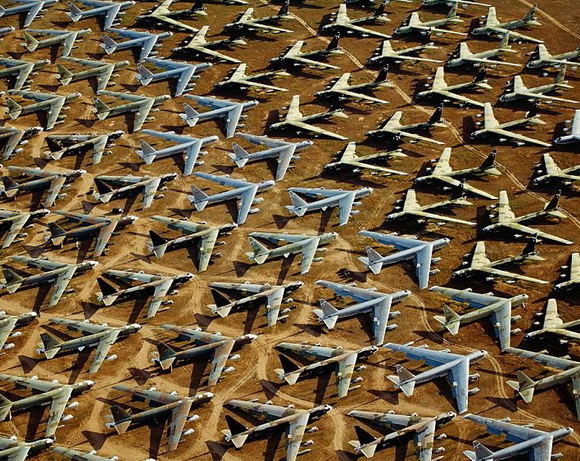 |
The 309th Aerospace Maintenance and Regeneration Group (AMARG), often called The Boneyard is located near Davis Monthan Air Force Base in Tucson, Arizona. For those of you that have never seen it, it's difficult to comprehend the size of it.
The number of aircraft stored there and the precision in the way they are parked is impressive. Another important fact is that they are all capable of being returned to service if the need ever arises.
AMARG is a controlled-access site, and is off-limits to anyone not employed there without the proper clearance. The only access for non-cleared individuals is via a bus tour which is conducted by the nearby Pima Air & Space Museum. Bus tours are Monday through Friday only. Both the museum and the Bone Yard are very popular attractions in the Arizona desert.
2. Ship Graveyard, Mauritania
 |
 |
The city of Nouadhibou is the second largest city in Mauritania and serves as the country's commercial center. It is famous for being the location of one of the largest ship graveyard in the world. Hundreds of rusting ships can be seen all around, in the water, and on beaches.
One of the most commonly read explanation for that situation is that Mauritanian harbor officers were taking bribes and allowing ships to be discarded in the harbor and around the bay. This phenomenon started in the 80's after the nationalization of the Mauritanian fishing industry, numerous uneconomical ships were simply abandoned there.
The city of Nouadhibou is one of the poorest locations in the world. Right over these phantom beaches there are people living inside the huge merchant boats.
3. Train Cemetery, Bolivia
3. Train Cemetery, Bolivia
One of the major tourist attractions of southwestern Bolivia is an antique train cemetery. It is located 3 km (1.9 MI) outside Uyuni and is connected to it by the old train tracks. The town served in the past as a distribution hub for the trains carrying minerals on their way to the Pacific Ocean ports.
The train lines were built by British engineers who arrived near the end of the 19th century and formed a sizable community in Uyuni. The rail construction started in 1888 and ended in 1892.
The trains were mostly used by the mining companies. In the 1940s, the mining industry collapsed, partly due to the mineral depletion. Many trains were abandoned thereby producing the train cemetery. There are talks to build a museum out of the cemetery.
4. Vozdvizhenka Aircraft Graveyard, Russia
4. Vozdvizhenka Aircraft Graveyard, Russia
Littered with at least 18 gutted Tupolev Tu-22M Backfires of the 444th Heavy Bomber Regiment, Vozdvizhenka air base resembles a post-apocalyptic landscape. Entering this barren place, located near Ussuriysk in the Primorsky Krai region of Far East Russia, 60 miles (95 km) north of Vladivostok and 40 miles (65 km) from the Chinese border, is like taking a step back in time.
The 444th Regiment was disbanded in 2009, with some aircraft transferred to the Belaya air base, and others dismantled (removed engines, equipment, and with holes cut in the fuselage).
The aircraft carcasses are awaiting final metal cutting. Currently based at the airfield is the aviation commandant of Khurba airbase and the 322 Aircraft Repair Factory.
5. Anchor Graveyard, Portugal
5. Anchor Graveyard, Portugal
Among the dunes of Tavira island, in Portugal, there's an impressive anchor graveyard called the Cemitério das Âncoras. It was built in remembrence of the glorious tradition of tuna fishing with large nets fixed with these anchors, a fishing technique already invented by the Phoenicians.
Tavira used to be a place devoted to the tuna fishing. They built up this anchor graveyard to remember those who had to quit their occupation when the big fish abandoned the coasts.
6. Soviet Tank Graveyard, Afghanistan
6. Soviet Tank Graveyard, Afghanistan
On the outskirts of Kabul, Afghanistan there's a massive collection of abandoned Soviet battle vehicles left behind after the failure of a massive eastern bloc military occupation of the country in the 1970's and 1980's.
The Soviets left in a hurry and couldn't be bothered to find a way to get broken-down tanks back home, so now they sit, partially stripped and covered in graffiti.
Afghanistan has few recycling facilities, so this cemetery of tanks will likely remain where it is for many more years as a reminder of the Russian invasion.
7. Submarine Graveyard, Russia
7. Submarine Graveyard, Russia
The area around Nezametnaya Cove, close to the town of Gadzhiyevo, in Murmansk Oblast on the Kola Peninsula, is a cemetery where is located a lot of old Russian submarines. After serving their duty underwater, the submarines were brought to this restricted-access zone in the 1970s and then forgotten.
Locals said that some of the old submarines were used for target practice in military exercises and often sunk, an employment of the old "out of sight, out of mind" strategy. Others were simply left in the bay to rust and rot, floating to the surface like so many whale carcasses.
8. Moynaq Ship Graveyard, Uzbekistan
8. Moynaq Ship Graveyard, Uzbekistan
Moynaq is a city in northern Karakalpakstan in western Uzbekistan. Home to only a few thousand residents at most, Moynoq's population has been declining precipitously since the 1980s due to the recession of the Aral Sea.
Once a bustling fishing community and Uzbekistan's only port city with tens of thousands of residents, Moynoq is now a shadow of its former self, dozens of kilometers from the rapidly receding shoreline of the Aral Sea.
For travellers the main reason to visit Moynaq is to see the ship graveyard, a collection of rusting hulks that were once the town's fishing fleet. It's an image that perfectly illustrates the disaster - once proud vessels beached in a sandy desert.
Unfortunately there aren't many left, as scrap metal companies made short work of them before the tourism authorities forbade it. In one final kick for a local population already downed, the money didn't go to the people who owned the boats; it was divided up between the scrap companies and government officials.
9. Taxi Graveyard, China
Thousands of scrapped taxis are abandoned in a yard in the center of Chongqing, China. Traffic congestion and pollution have worsened dramatically in Chinese cities because the country's long-running economic expansion has allowed increasing numbers of consumers to make big-ticket purchases such as cars, which means many no longer have to rely on taxis or public transportation.
10. Phone Booth Graveyard, UK
10. Phone Booth Graveyard, UK
This phone booth graveyard is located between Ripon and Thirsk, near the village of Carlton Miniott, UK. There are located hundreds of disused telephone booths.
Decommissioned old red booths are systematically replaced by new modern booths, and deposited in one site near this English village.
www.keralites.net         |
__._,_.___
KERALITES - A moderated eGroup exclusively for Keralites...
To subscribe send a mail to Keralites-subscribe@yahoogroups.com.
Send your posts to Keralites@yahoogroups.com.
Send your suggestions to Keralites-owner@yahoogroups.com.
To unsubscribe send a mail to Keralites-unsubscribe@yahoogroups.com.
Homepage: www.keralites.net
To subscribe send a mail to Keralites-subscribe@yahoogroups.com.
Send your posts to Keralites@yahoogroups.com.
Send your suggestions to Keralites-owner@yahoogroups.com.
To unsubscribe send a mail to Keralites-unsubscribe@yahoogroups.com.
Homepage: www.keralites.net
.
__,_._,___




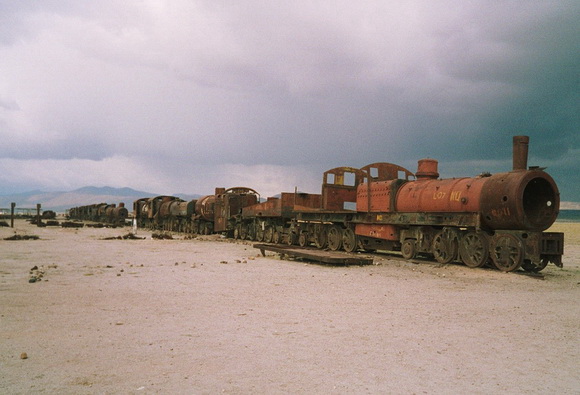





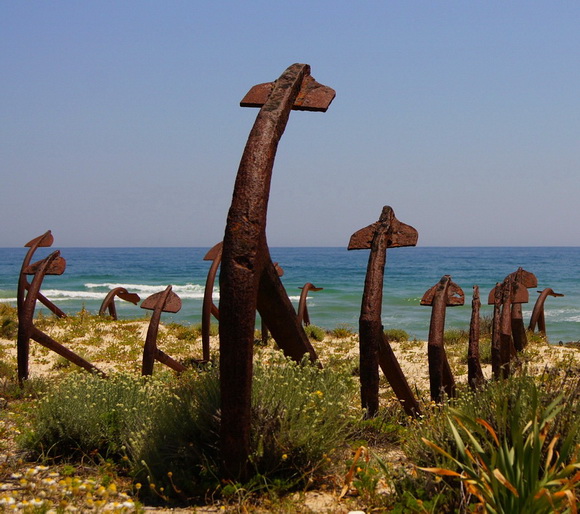

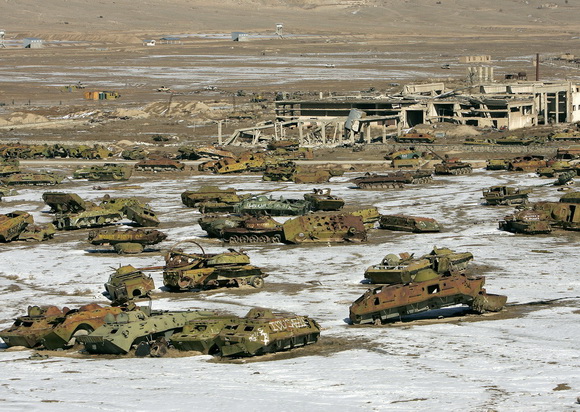






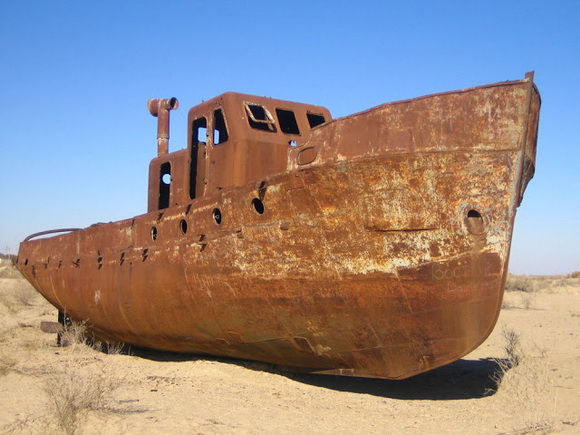



No comments:
Post a Comment